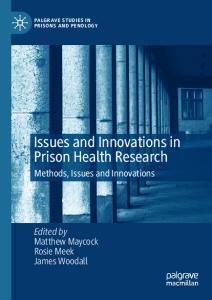MOOC Accessibility from the Educator Perspective
This work presents the universal access design principles and methods for natural language communication design in e-learning for the disabled. It unfolds a theoretical perspective to the design-for-all methodology and provides a framework description for
- PDF / 1,199,097 Bytes
- 12 Pages / 439.37 x 666.142 pts Page_size
- 40 Downloads / 298 Views
,
1 Department of Informatics and Telecommunications, University of the Peloponnese, Tripoli,
Greece {dspiliot,costas}@uop.gr, [email protected] 2 Knowledge and Uncertainty Research Lab, University of the Peloponnese, Tripoli, Greece [email protected] 3 Department of Informatics and Telecommunications, University of Athens, Athens, Greece [email protected]
Abstract. This work presents the universal access design principles and methods for natural language communication design in e-learning for the disabled. It unfolds a theoretical perspective to the design-for-all methodology and provides a framework description for technologies for creating accessible content for educational content communication. Main concerns include the problem identification of design issues for universal accessibility of spoken material, the primary pedagogical aspects that such content implementation should follow upon, as well as look into the state of the most popular e-learning platforms for which educators create and communicate educational content in an e-learning environment. References to massive open online course platform types of content that exist at the moment are examined in order to understand the challenges of bridging the gap between the modern design of rich courses and universal accessibility. The paper looks into the existing technologies for accessibility and a frame for analysis, including methodological and design issues, available resources and implementation using the existing technologies for accessibility and the perception of the designer as well as the user standpoint. Finally, a study to inform and access how potential educators may perceive the accessibility factor shows that accessible content is a major requirement toward a successful path to universally accessible e-learning. Keywords: MOOC · Universal accessibility · Design-for-all · Speech processing · Interactive e-learning · Technologies for accessibility
1 Introduction Accessibility and design-for-all apply to extended groups of people seeking knowledge and information from a distance such as the visually impaired, the mobile user, the elderly, etc. These users require special technology in order to access information, collectively © Springer Nature Switzerland AG 2020 C. Stephanidis et al. (Eds.): HCII 2020, LNCS 12426, pp. 114–125, 2020. https://doi.org/10.1007/978-3-030-60149-2_10
MOOC Accessibility from the Educator Perspective
115
called Technologies for Accessibility, ranging from underlying design (web accessibility) to specific implementation (voice browsing) and applied technology (screen readers, adaptive interfaces). Educational material in e-learning environments includes textbooks and technical documents that may contain a mixture of textual information, as well as originally designed visual information such as mathematics, line diagrams, pictures, spatial information and navigational parameters. Furthermore, such material includes format-independent pedagogical elements such as instructional (learning) design, cognitive standpo
Data Loading...











